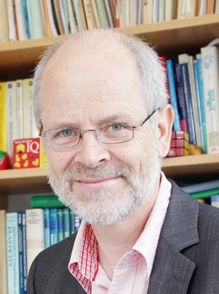
Projektleiter:
PD Dr. Annegret Glitzky
/
Prof. Dr. Alexander Mielke
Projekt Mitglieder:
Dr. Matthias Liero
Laufzeit: -
Status:
beendet
Standort:
Weierstraß-Institut
Projektleiter:
Prof. Dr. Alexander Mielke
Projekt Mitglieder:
-
Laufzeit: 01.01.2011 - 31.12.2022
Status:
laufend
Standort:
Technische Universität Berlin
Projektleiter:
Prof. Dr. Alexander Mielke
Projekt Mitglieder:
-
Laufzeit: 01.03.2011 - 31.03.2016
Status:
beendet
Standort:
Weierstraß-Institut
Projektleiter:
Prof. Dr. Michael Hintermüller
/
Prof. Dr. Alexander Mielke
/
Prof. Dr. Thomas Surowiec
/
Dr. Marita Thomas
Projekt Mitglieder:
Dr. Lukas Adam
/
Dr. Dirk Peschka
Laufzeit: -
Status:
beendet
Standort:
Humboldt Universität Berlin
/ Weierstraß-Institut
Projektleiter:
PD Dr. Uwe Bandelow
/
Dr. Thomas Koprucki
/
Prof. Dr. Alexander Mielke
/
Prof. Dr. Frank Schmidt
Projekt Mitglieder:
-
Laufzeit: 01.01.2008 - 31.12.2019
Status:
laufend
Standort:
Weierstraß-Institut
/ Konrad-Zuse-Zentrum für Informationstechnik Berlin